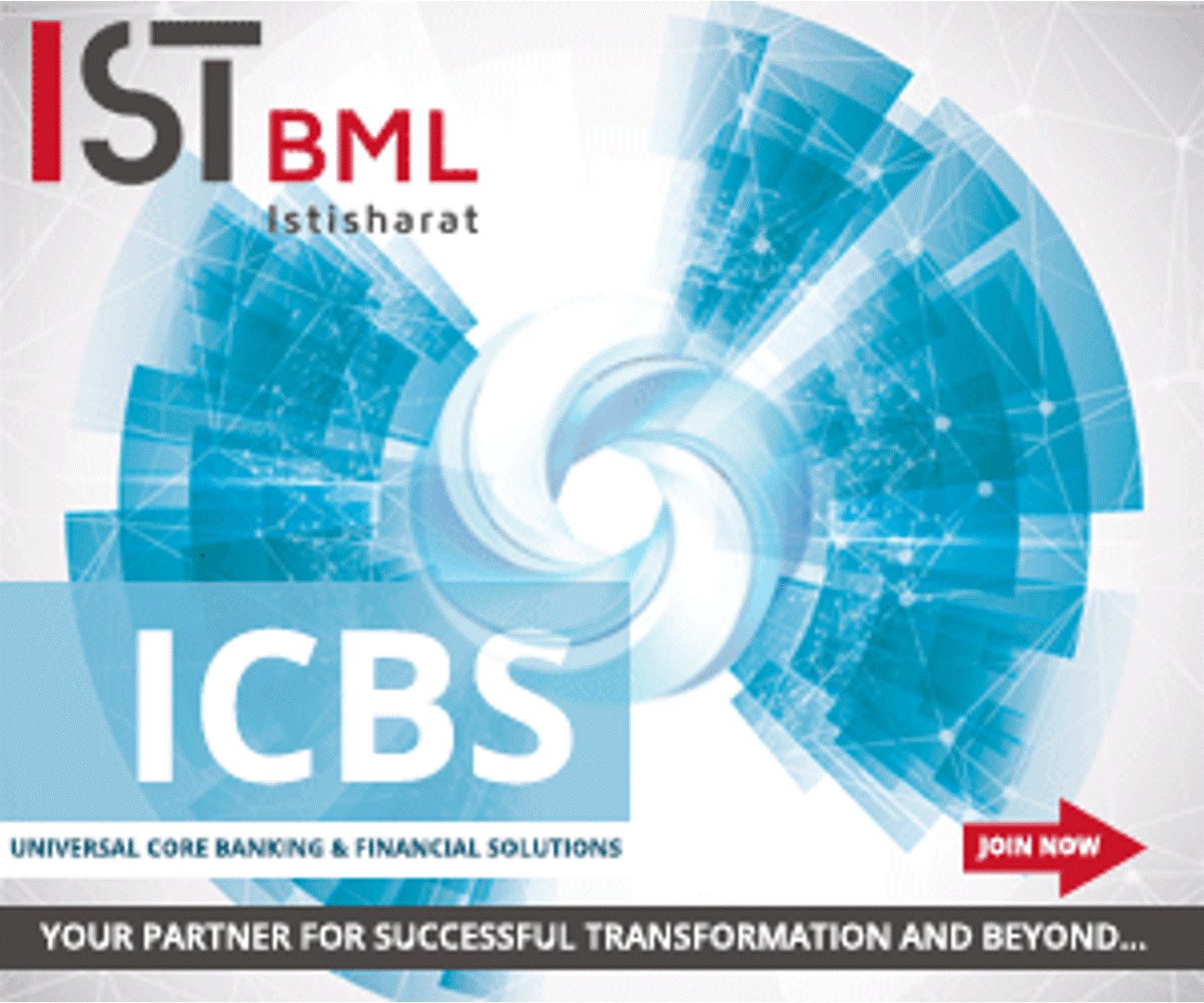 Back
Back
In the Indian banking sector, account takeover fraud are on the rise, study shows
By Puja Sharma
 In a report released by BioCatch – the digital fraud detection powered by behavioral biometric intelligence – released findings showing account takeover represents more than half of all fraud cases for its customers in India. The findings come on the heels of a recommendation by the Reserve Bank of India (RBI) that financial institutions in that country abandon text-based one-time-passcodes as a method of secure authentication.
In a report released by BioCatch – the digital fraud detection powered by behavioral biometric intelligence – released findings showing account takeover represents more than half of all fraud cases for its customers in India. The findings come on the heels of a recommendation by the Reserve Bank of India (RBI) that financial institutions in that country abandon text-based one-time-passcodes as a method of secure authentication.
“The existing OTP-based authentication doesn’t protect customers against new-age frauds, including customer-initiated fraudulent transactions,” counter-fraud expert and former Head of Group Fraud Risk and Investigations at First Abudhabi Bank Charanjeet S.Bhatia said in response to the RBI recommendation. “With the right technology and implementations, banks can do a lot more than what they are currently doing to protect customers.”
BioCatch’s much-anticipated 2024 Digital Banking Fraud Trends in India report – the company’s first ever focusing solely on any one nation – offers an in-depth look at the latest fraud risks and prevention strategies for banks in the country as they rapidly employ digital transformation strategies. The report’s findings pull from a massive store of BioCatch data, analyzing more than 350 million sessions in the month of December alone.
The report also notes a concerning bump in mule accounts in India, in line with what the data shows as a growing global threat. At one partner bank in the country, the data found nine out of every 10 mule accounts went undetected.
“The prevalence of mule accounts potentially represents the most under-the-radar trend in the entire fraud space,” BioCatch Director of Global Fraud Intelligence Tom Peacock said. “The mule accounts banks succeed in identifying almost certainly represent just the tip of the iceberg. Indian financial institutions must employ more robust security measures to both detect and then shut down these sprawling mule networks.”
The report underscores the urgency with which Indian banks must bolster their fraud defenses. Financial institutions in the region that are successfully detecting and preventing an ever-evolving array of threats have adopted integrated advanced solutions – like BioCatch’s next-generation financial crime detection and prevention portfolio powered by behavioral biometric intelligence.
“The fraud threats we see in India are a mix of both common threats seen globally and unique threats we find only in this region,” BioCatch’s APAC Vice President of Sales Richard Booth said. “All around the world, we’re seeing explosive growth in mule activity, fraud attacks, and scams that grow more sophisticated by the day. To combat this onslaught of fraud and financial crime, BioCatch continues to believe that banking and financial institutions need as much intelligence on the criminals, their tactics, and their fraud arsenals as possible. Our India report provides much-needed intel, and hopefully spurs these banks to rapidly adopt advanced defenses to stay ahead of a ceaselessly innovating group of fraudsters and criminals operating domestically and around the globe.”
Key Findings:
- Account takeover attacks still dominate: Accounting for 55% of all fraud in India, third-party account takeover fraud still represents a bigger slice of the fraud pie than the social engineering scams BioCatch sees exploding elsewhere on the planet.
- Mules a massively underreported plague: Every device found to participate in mule activity in India logged into an average of 35 accounts each.
- Fraudsters likely accessing Indian mule accounts from outside the country: While 86% of the first session of documented mule account activity came from within India, after a month that number fell to just 20% – and 16% of those sessions used a VPN.
- BioCatch customers saw more mule activity (14% of the total) in Bhubaneswar than anywhere else in the country: Lucknow and Navi Mumbai accounted for 3.4% of recorded mule activity, two cities in West Bengal – Bhagabatipur and Gobindapur – 1.7% and 2.6% respectively, Mumbai 2.2%, Bengaluru 1.8%, and Cuttack 1.6%.
IBSi FinTech Journal

- Most trusted FinTech journal since 1991
- Digital monthly issue
- 60+ pages of research, analysis, interviews, opinions, and rankings
- Global coverage
Other Related News
Related Reports

Sales League Table Report 2025
Know More
Global Digital Banking Vendor & Landscape Report Q2 2025
Know More
NextGen WealthTech: The Trends To Shape The Future Q4 2023
Know More
Intelligent Document Processing in Financial Services Q2 2025
Know More


